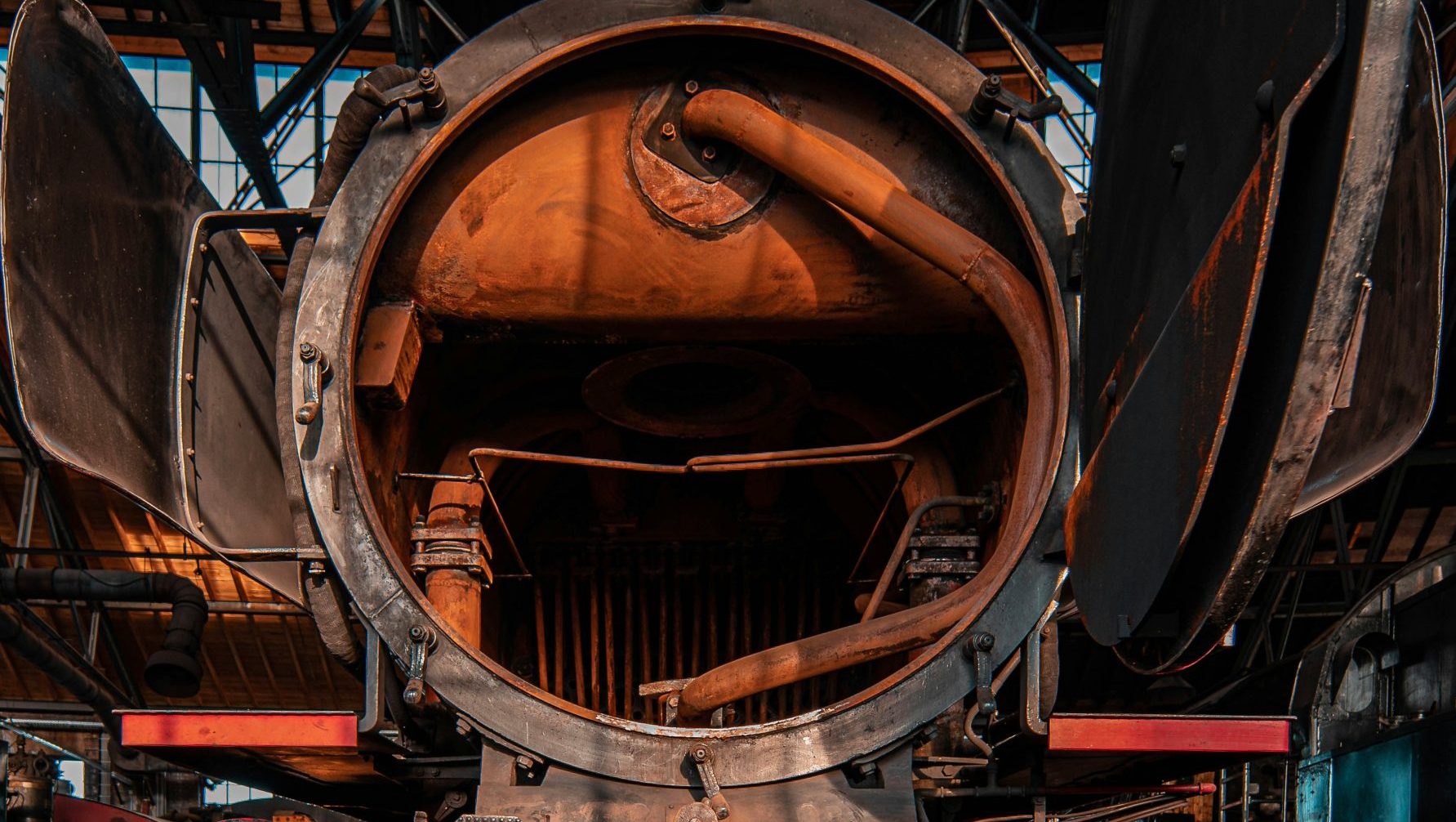In the intricate world of aviation, where safety is paramount and efficiency is essential, the optimization of maintenance procedures is a constant pursuit. Aviation maintenance procedures serve as the blueprint for ensuring the airworthiness and reliability of aircraft, encompassing a myriad of tasks from routine inspections to complex repairs. In this article, we delve into the importance of optimizing maintenance procedures, exploring strategies to enhance efficiency without compromising safety.
The Importance of Optimization
Maintenance procedures form the backbone of aviation maintenance operations, guiding technicians through the intricate process of inspecting, repairing, and maintaining aircraft systems and components. Optimization of these procedures is essential for maximizing efficiency, minimizing downtime, and ensuring that aircraft remain safe and airworthy.
Optimized maintenance procedures offer several key benefits:
- Time Savings: Streamlining maintenance procedures can reduce the time required to perform tasks, enabling technicians to complete maintenance activities more efficiently and return aircraft to service sooner.
- Resource Efficiency: By optimizing procedures, organizations can minimize the use of resources such as labor, materials, and equipment, resulting in cost savings and improved operational efficiency.
- Enhanced Safety: While efficiency is important, safety remains the top priority in aviation maintenance. Optimized procedures should prioritize safety considerations and ensure that maintenance activities are performed in accordance with regulatory requirements and industry best practices.
Strategies for Optimization
Achieving optimization in aviation maintenance procedures requires a strategic approach that balances efficiency with safety and compliance. Several key strategies can help organizations optimize their maintenance procedures effectively:
- Standardization: Standardizing maintenance procedures across an organization promotes consistency, reliability, and efficiency. By establishing standardized procedures for common maintenance tasks, organizations can reduce variability and ensure that tasks are performed consistently by all technicians.
- Task Analysis: Conducting a thorough analysis of maintenance tasks can help identify opportunities for optimization. By breaking down tasks into their component steps and evaluating each step for efficiency, organizations can identify areas for improvement and implement changes to streamline procedures.
- Technology Integration: Leveraging technology can significantly enhance the efficiency of maintenance procedures. Tools such as computerized maintenance management systems (CMMS), digital work instructions, and diagnostic equipment can automate tasks, provide real-time data and analytics, and facilitate decision-making, resulting in time savings and improved accuracy.
- Continuous Improvement: Adopting a culture of continuous improvement encourages organizations to regularly review and refine their maintenance procedures. By soliciting feedback from technicians, monitoring performance metrics, and benchmarking against industry standards, organizations can identify opportunities for optimization and implement changes accordingly.
Balancing Efficiency and Safety
While optimization is important, it must never come at the expense of safety. Aviation maintenance procedures should prioritize safety considerations at every step, ensuring that maintenance activities are performed in accordance with regulatory requirements and industry best practices.
To achieve this balance, organizations should:
- Conduct thorough risk assessments to identify potential safety hazards associated with maintenance procedures.
- Implement appropriate risk mitigation measures to minimize the likelihood and severity of safety incidents.
- Provide comprehensive training and education to ensure that technicians are aware of safety protocols and procedures.
- Encourage a culture of safety where all employees are empowered to raise safety concerns and report hazards without fear of reprisal.
By prioritizing safety while optimizing maintenance procedures, organizations can achieve the dual goals of efficiency and safety, ensuring that aircraft remain safe, reliable, and airworthy.
Conclusion
In conclusion, optimization of aviation maintenance procedures is essential for maximizing efficiency, minimizing downtime, and ensuring the safety and airworthiness of aircraft. By standardizing procedures, analyzing tasks, leveraging technology, and fostering a culture of continuous improvement, organizations can streamline maintenance operations and achieve greater efficiency without compromising safety. Through meticulous attention to detail and a steadfast commitment to excellence, aviation maintenance organizations can optimize their procedures to meet the evolving demands of the industry while upholding the highest standards of safety and reliability.

